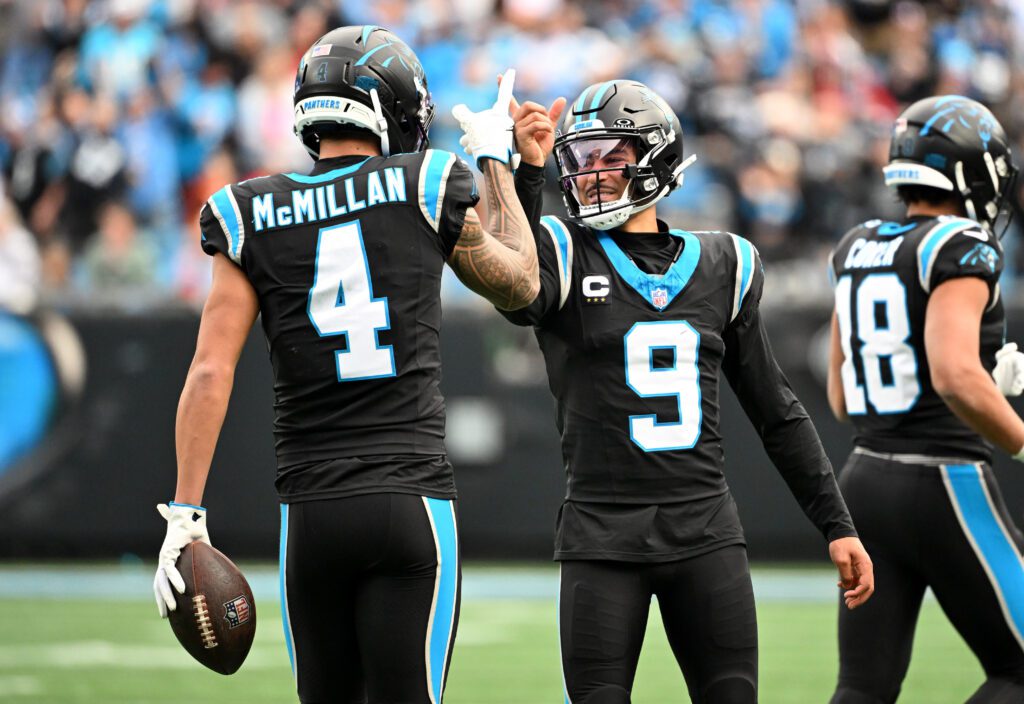In college football, coaches play an equally important role as their professional counterparts. However, unlike the NFL, where players are seasoned professionals, college coaches must develop young talent while simultaneously building team culture and identity. Research shows that coaches account for 20-30% of the variation in team outcomes in college football, significantly higher than in professional leagues. College coaches serve as mentors, strategists, and program architects, shaping not only on-field performance but also player development and team culture.
The Unprecedented Coaching Carousel
The college football world is experiencing unprecedented coaching turnover. In the 2024-25 cycle alone, 30 head coaches departed their positions, contributing to a staggering 61 programs (44.9% of FBS teams) changing leadership in less than two years. This volatility extends beyond head coaches, with 550 assistant coaches changing jobs this offseason. The transfer portal era and NIL dynamics have accelerated this trend, creating a whirlwind environment where stability has become increasingly rare.
Immediate Performance Impact
Coaching changes create immediate ripple effects on team performance. Fans closely follow news on coaching changes and updates, as these can potentially impact college football odds, with betting lines often shifting dramatically following major coaching announcements. For instance, when Nick Saban retired from Alabama in early 2024, the team’s championship odds plummeted from +550 to +1500 before rebounding slightly to +1300 after Kalen DeBoer’s hiring.
The Second-Year Effect
Historical data reveals a fascinating pattern in coaching transitions: the “Year-Two Effect.” Urban Meyer exemplified this phenomenon, making significant performance jumps in his second year at each program he led. At Florida, Meyer guided the team from a 9-3 record in his first season to a 12-1 BCS Championship appearance in year two. Similarly, Kalen DeBoer led Washington to the national championship game in his second season. This pattern suggests that the second year often represents a critical inflection point as coaches fully implement their systems and culture.
Entry Conditions Matter
Research examining coaching replacements from 1997-2010 found that performance outcomes depend heavily on entry conditions. Surprisingly, teams with middling records that replaced their coach often performed worse over subsequent years than comparable teams that retained their coach. Meanwhile, programs with particularly poor records showed little performance difference after coaching changes. This challenges the common assumption that coaching changes automatically improve struggling programs.
The Modern Acceleration and Transfer Portal Impact
Today’s college football environment has compressed the timeline for coaching success. The transfer portal allows coaches to very quickly reshape rosters, leading fans to expect immediate results. Second-year coaches face defining campaigns that can cement or undermine their tenure. Recent high-profile transitions, including Bill Belichick to North Carolina and Michael Vick to Norfolk State, demonstrate how coaching changes now represent strategic organizational pivots rather than mere personnel changes.
The introduction and evolution of the college football transfer portal have profoundly transformed the coaching landscape, affecting nearly every aspect of the profession. Below are the key ways the portal has impacted coaching:
- Roster Management and Team Continuity
- Coaches now face unprecedented roster turnover each offseason, as the portal allows players to transfer freely and gain immediate eligibility. This has made it difficult for coaches to maintain roster continuity and plan long-term development, as teams can look dramatically different from year to year.
- The constant inflow and outflow of players require coaches to dedicate significant resources to managing transfers, sometimes as much as they do to traditional high school recruiting.
- Recruiting Strategy Shifts
- The portal has forced coaches to rethink recruiting. Instead of focusing primarily on developing high school talent over several years, many programs now prioritize proven college athletes from the portal to address immediate needs—a “win-now” mentality.
- Coaches must recruit their own players year-round to prevent them from entering the portal, essentially treating current roster members as ongoing recruits.
- Team Chemistry and Culture Challenges
- Integrating large numbers of transfers each year has made it harder for coaches to establish a stable team culture and build leadership within the program. Veteran players may feel displaced, and the influx of newcomers can disrupt established dynamics.
- Coaches must work harder to foster a cohesive locker room and maintain program identity despite frequent changes.
- Player Development and Depth Issues
- Traditional player development models—where athletes are groomed over several years—are less effective, as players may transfer before fully developing. This shortens the window for coaches to see a return on their investment in player growth.
- Maintaining positional depth has become more challenging, as players not starting immediately are more likely to leave, putting pressure on coaches to ensure all athletes feel valued and see a clear path to playing time.
- Impact on Coaching Stability and the Carousel
- The transfer portal has made athletic departments more cautious about firing coaches. When a coach leaves, there is heightened risk of a mass player exodus via the portal, which can devastate a program’s roster. As a result, some underperforming coaches are retained longer to avoid destabilizing the team.
- Conversely, the portal can also accelerate expectations for success, as coaches are expected to rebuild quickly using transfers. This can shorten the patience programs have for results if coaches fail to adapt to the new landscape.
- Strategic and Ethical Considerations
- The portal, combined with Name, Image, and Likeness (NIL) deals, has shifted the focus from building programs based on development and character to assembling teams based on immediate opportunity and financial incentives.
- Coaches must now compete not only on the field and in recruiting but also in providing attractive NIL opportunities and player support systems to retain and attract talent.
Building Sustainable Success
The most successful coaching transitions share common elements: clear philosophical identity, consistent implementation, and strong cultural foundations. Nick Saban’s Alabama dynasty and Urban Meyer’s program-building success stemmed from systematic approaches and unwavering consistency in standards and expectations. One thing is for sure in college football: coaches who can establish stability amid the sport’s growing volatility will likely achieve the most sustainable success.
Main Image: © William McLelland-Imagn Images



